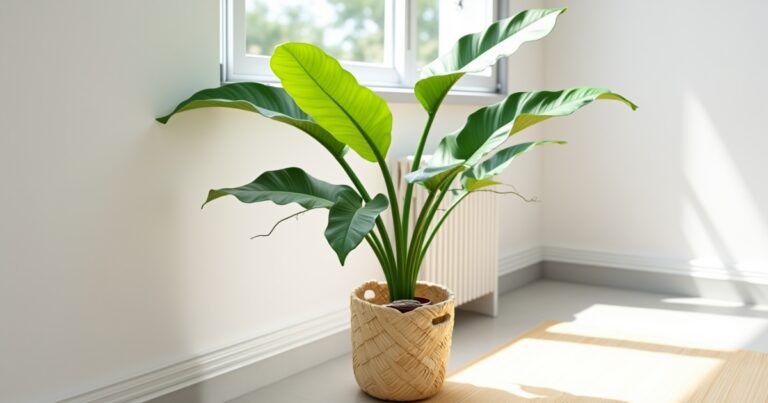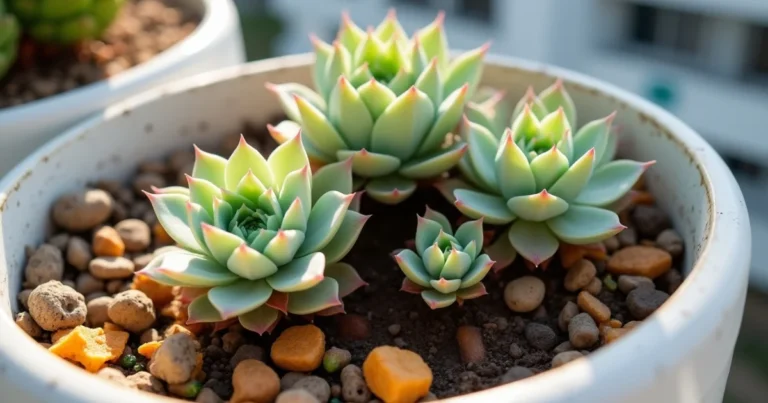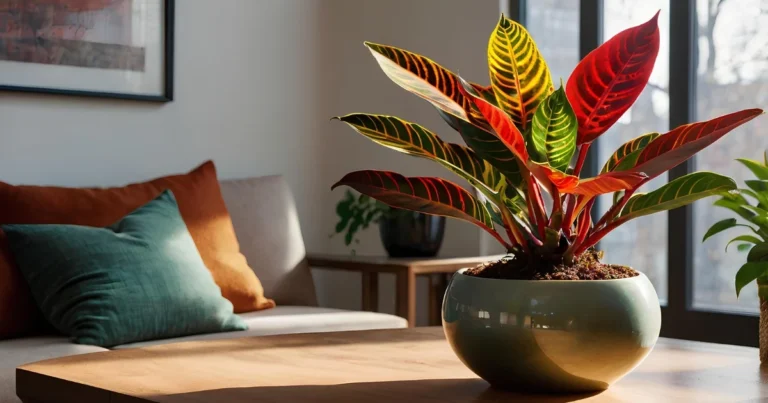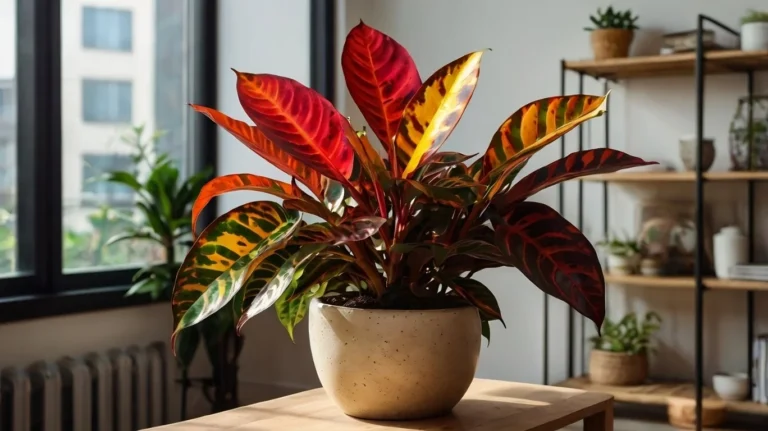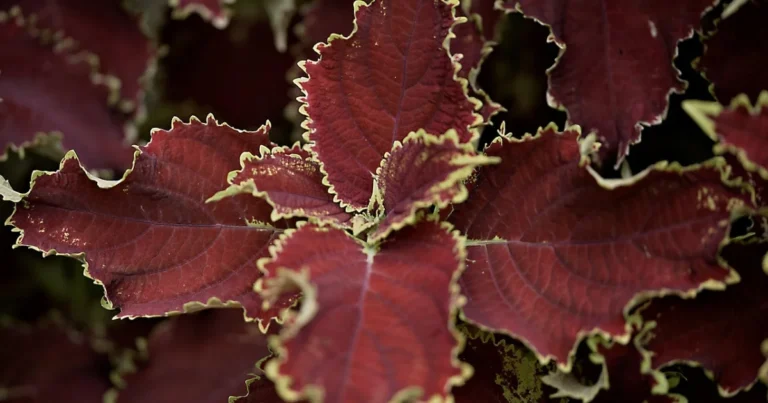Ultimate Black Satin Dahlia Care Tips You Need to Know

Ever Puzzled Why The Velvety Petals Of Your Black Satin Dahlia Turn Brown At The Margins? Every Garden Would Look Fantastic With These Blooms. Still, They Require Particular Care To Maintain Their Beauty.
black Satin Dahlias Are Not Only Flowers. Their Soft, Silky Petals Call For Particular Care. Many Gardeners Fight Weak Stems Or Fading Colours. From Planting To Winter Prep, This Book Will Help You Grow Them Successfully.
Table of Contents
Introduction to the Magnificent Black Satin Dahlia
Now enter the realm of the Black Satin Dahlia, where grace meets drama. Gardeners find great appeal in this plant because of its remarkable appearance and flexibility. Thanks to the black dahlia plant’s unparalleled beauty, it’s ideal for creating bouquets or enhancing outside areas.
What Makes Black Satin Dahlias Special
The silky petals of the dahlia black satin catch attention in sunshine. Gardens gain drama from its deep burgundy-red hue. These blossoms remain vivid for weeks, just as cut flowers would.
Garden beds and floral arrangements love them since they are unusual and bold.
Black Satin Dahlia Characteristics and Features
See below the main features of this unique variant:
| Feature | Details |
|---|---|
| Bloom Color | Rich, dark purple-red resembling “black” |
| Bloom Size | 4–6 inches in diameter |
| Petal Texture | Thick, layered petals with a satin-like finish |
| Classification | Decorative dahlia (grouped with exhibition varieties) |
Understanding Black Satin Dahlia Height and Growth Patterns
Planning calls for knowing the black satin dahlia height. Affected by soil and sunlight, mature plants stand three to four feet tall. Important developmental characteristics are:
- Depending on the environment and soil, height range is 36–48 inches.
- Plant tubers 2-3 feet apart for bushed development.
- Tall stems could need staking to stop bending.
These specifics enable gardeners to design for robust, healthy plants.

How to Plant Black Satin Dahlia for Optimal Growth
Correct black satin dahlia seed or tuber planting prepares the ground for brilliant blossoms. Use these guidelines to start your black dahlia plant as best it can.
Best Time to Plant Black Satin Dahlia Seeds and Tubers
Starting black satin dahlia seeds indoors six to eight weeks before the final frost in your location. Wait for outdoor soil to reach 60°F for tubers; all frost risk has passed then. USDA zone based on planting calendars here:
- Zones 3–5: Plant tubers late April to early May.
- Zones 6-8: Mid-April through early May
- Zones 9–10: for earliest development February–March
Ideal Soil Conditions for Your Black Dahlia Plant
Create rich in nutrients, well-draining, loose soil. Try for a pH of 6.0 to 7.0. Adjust hard clay soils with perlite or compost. Before planting, mix into the topsoil 2-3 inches of compost or old manure.
Sunlight Requirements and Garden Placement
Look for a sunny area with six to eight daily hours of sunlight. Partial shadow lowers the brilliance of floral colours. Shield plants from high winds using shrubs or fences. To discourage pests, pair low-water allies like lavender or marigolds.
Spacing and Depth Guidelines
Insert tubers 4 to 6 inches deep, ensuring the growing “eye” is oriented upward. Plant each 18 to 24 inches apart to let air flow. Mark areas with garden pegs and water thoroughly following planting. Just moderate mulching will help to retain moisture.
Essential Black Satin Dahlia Care Throughout the Seasons
Making your black satin dahlia bloom exquisitely depends on seasonal care. Here is a guide to enable your plant to flourish all year:
- Spring: Starting with a balanced fertiliser, note new shoots and adjust accordingly. Maintaining a moist but not overly wet state of the soil helps to prevent rot.
- Summer: Water the soil especially twice a week. Keep it wet and weed-free using 2–3 inches of compost. Remove past blossoms to inspire fresh ones. Stake supports help the plants stay straight.
- Fall: During blossoming, use a fertiliser high in phosphorous every three to four weeks. As it gets cooler, slow down on watering. Mid-autumn stop removing old blossoms to indicate it’s time for relaxation.
- Winter: In cooler zones (3–7), following the first frost, dig up the tubers. Clean them then keep them cool, dry peat moss-based. In warmer zones (8–10), reduce the leaves and mulch thickly around the base.
| Season | Key Tasks |
|---|---|
| Spring | Fertilize, water deeply |
| Summer | Mulch, deadhead, stake |
| Fall | Adjust fertilizer, reduce water |
| Winter | Store tubers (colder zones) or mulch |
Follow this care plan, and your black satin dahlia will give you stunning foliage and blooms every year.
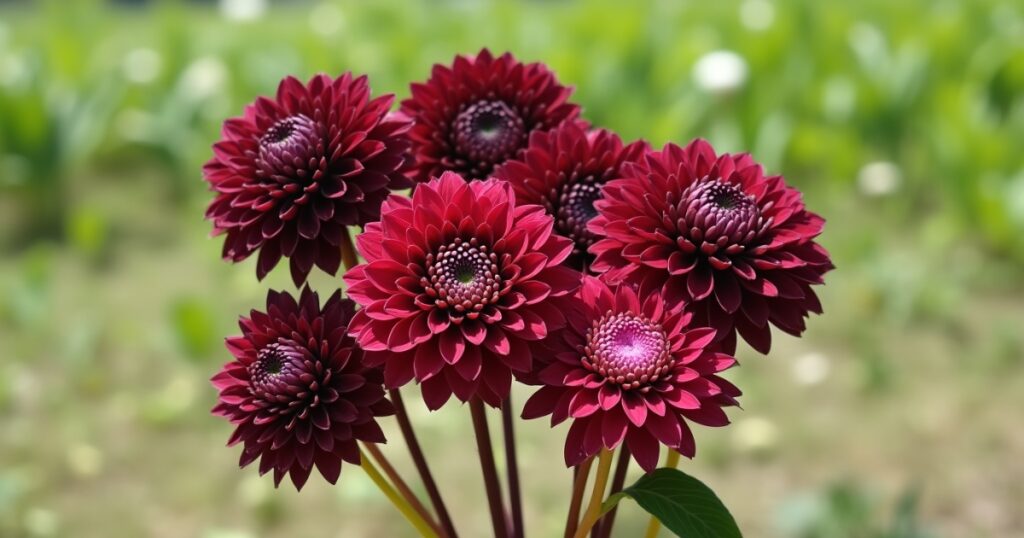
Troubleshooting Common Problems with Your Black Satin Dahlias
Black satin dahlias can provide problems even for the most meticulous growers. From pests to winter storage, this section helps you solve problems compromising your plants.
Identifying and Treating Pest Issues
Common pests like slugs and aphids could damage black satin dahlia plants. Find these indicators:
- Clusters on stems, sticky residue are Aphids. Introduce ladybirds or spray with insecticidal detergent.
- Slugs have jagged leaf edges. Either beer traps or copper tape.
- Yellowing leaves, fine webbing: Spider Mites. Use neem oil or wash plants.
Avoid crowding and routinely check plants to help to prevent outbreaks.
Disease Prevention and Treatment
Arrange plants for ventilation to prevent infections. Here is how to approach typical problems:
| Disease | Symptoms | Prevention | Treatment |
|---|---|---|---|
| Powdery Mildew | White powdery coating on leaves | Water at soil level | Sulfur-based fungicide |
| Botrytis | Gray mold on stems/flowers | Remove dead plant material | Remove infected parts; prune for air circulation |
Destroy severely infected plants to stop spread.
Addressing Growth and Blooming Issues
Boost plant health with these fixes:
- Stunted growth: Correct with balanced fertiliser if low nutrition soil testing indicate.
- Leggy stems: To promote strong development, give abundant sun—six plus hours every day.
- Deadhead Few Blooms to encourage fresh buds.
Winter Protection and Storage Tips
Use these guidelines to guard tubers through winter:
- After frost, cut stems; then, pull up tubers.
- After cleaning dirt from tubers, let them cure two to three days.
- Store in vermiculite 40–50°F (4–10°C), monitoring periodically for rot or shrivelling.
Soak shrivelled tubers in water overnight then transplant in spring.
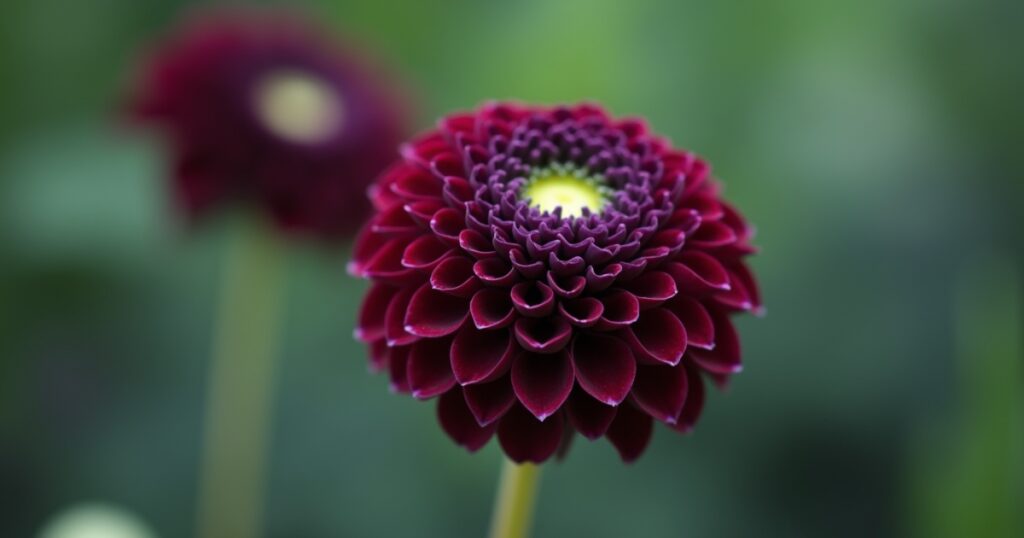
Conclusion: Enjoying the Beauty of Your Black Satin Dahlia Flowers
Your garden will look amazing with growing black satin dahlia flowers. Use fully sun and well-drained soil according to the maintenance guidelines. Guard them also from pests. This will produce bold, velvety flowers that draw everyone in sight.
With your black satin dahlia, get artistic. Combining their rich hues with delicate pink or cheerful yellows can create Given five to seven days, they also look fantastic in floral displays. Change the water everyday and angle-based trimming of stems helps to keep them crisp. Match them with dark-leaved plants like heuchera for a dramatic display.
Track your improvement in a garden notebook. Note your planting, fertilising, and blooming times. This helps you get better in your care every year. Little adjustments can result in larger, better flowers.
Learning to look after these beautiful blooms is satisfying. From planting to winter storage, every action advances you towards appreciating their beauty. Use them to enhance refinement in bouquets or border designs. Share your achievements and advice with other gardeners in local clubs or online.
Every black satin dahlia plant reflects your commitment. The work is well worth it given their silky petals and arresting colour. It’s time now to see them change your garden. Good growing; remember to snap pictures of every bloom!
FAQs:
Where may I find Black Satin Dahlia seeds and what are they?
Growing these lovely blooms starts with black satin Dahlia seeds. Garden stores, specialised nurseries, or internet are three places you might find them. For the best quality seeds, be sure you select a respectable brand.
Black Satin Dahlias get how tall?
Black Satin Dahlias are 36 to 48 inch tall. To achieve their best, they require sunlight and excellent maintenance.
When should one plant Black Satin Dahlia tubers?
Usually in spring, plant black satin Dahlia tubers when the risk of frost is passed. Wait till the ground is roughly sixty degrees Fahrenheit. To properly plan, find out your local frost dates.
Black Dahlia plants prefer what type of soil conditions?
Black Dahlia plants thrive on rich, well-draining, pH-range 6.0–7.0. To make clay or sandy soil ideal for these blooms, add manure or compost.
Black Satin Dahlias require how much sunlight?
Black Satin Dahlias should spend six to eight hours a day in direct sunlight. Choose a sunny area in your yard free from significant wind direction.
How may I stop bugs from ruining my Black Satin Dahlias?
Check your plants often for difficulty to help to ward pests. Should necessary, apply organic treatments include insecticidal soap or neem oil. Less prone to draw pests are healthy plants.
Should my Black Satin Dahlias not be flowering?
See whether your Black Satin Dahlias are getting enough sunlight and nutrition if they aren't flowering. Verify also their regular watering schedule. Change their care to promote blossoms as necessary.
Over winter, where should I keep Black Satin Dahlia tubers?
Dig Black Satin Dahlia tubers after the first frost to store. Keep them cool for a few days, clean and cure them. Store them then in a cool, humid area on peat moss or vermiculite.

